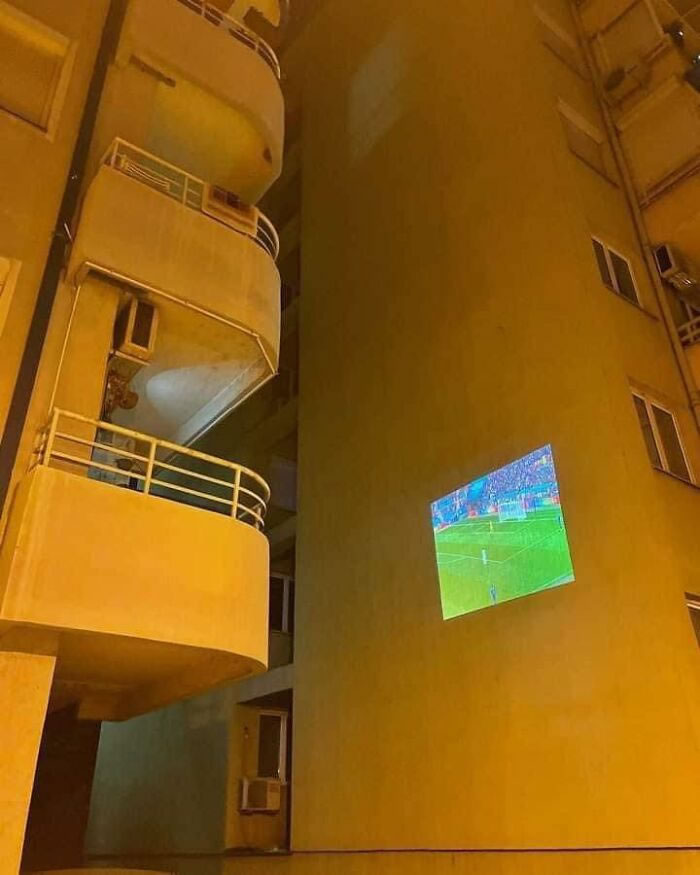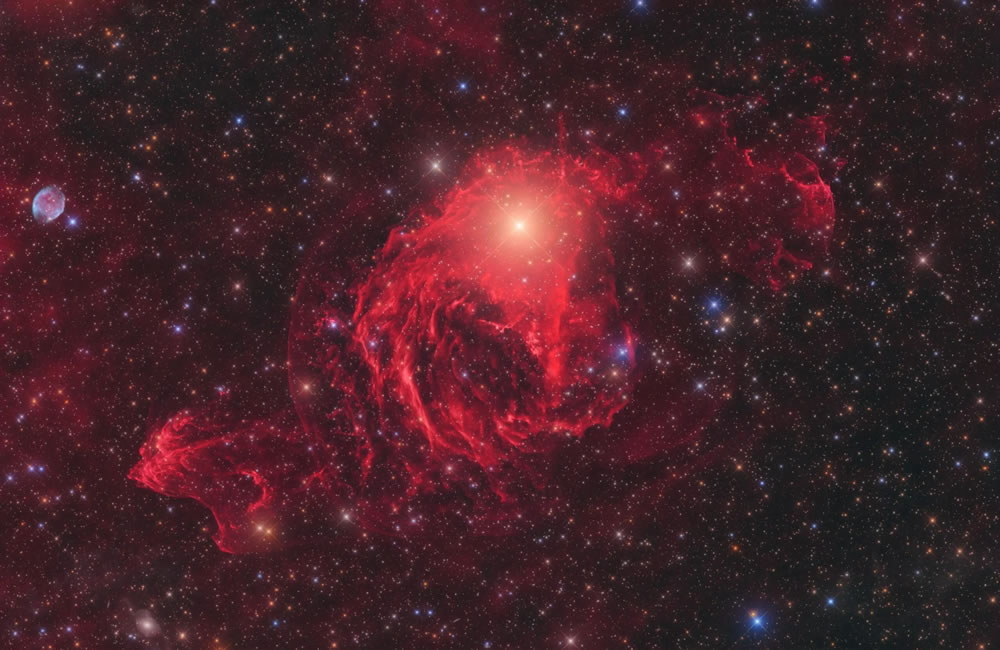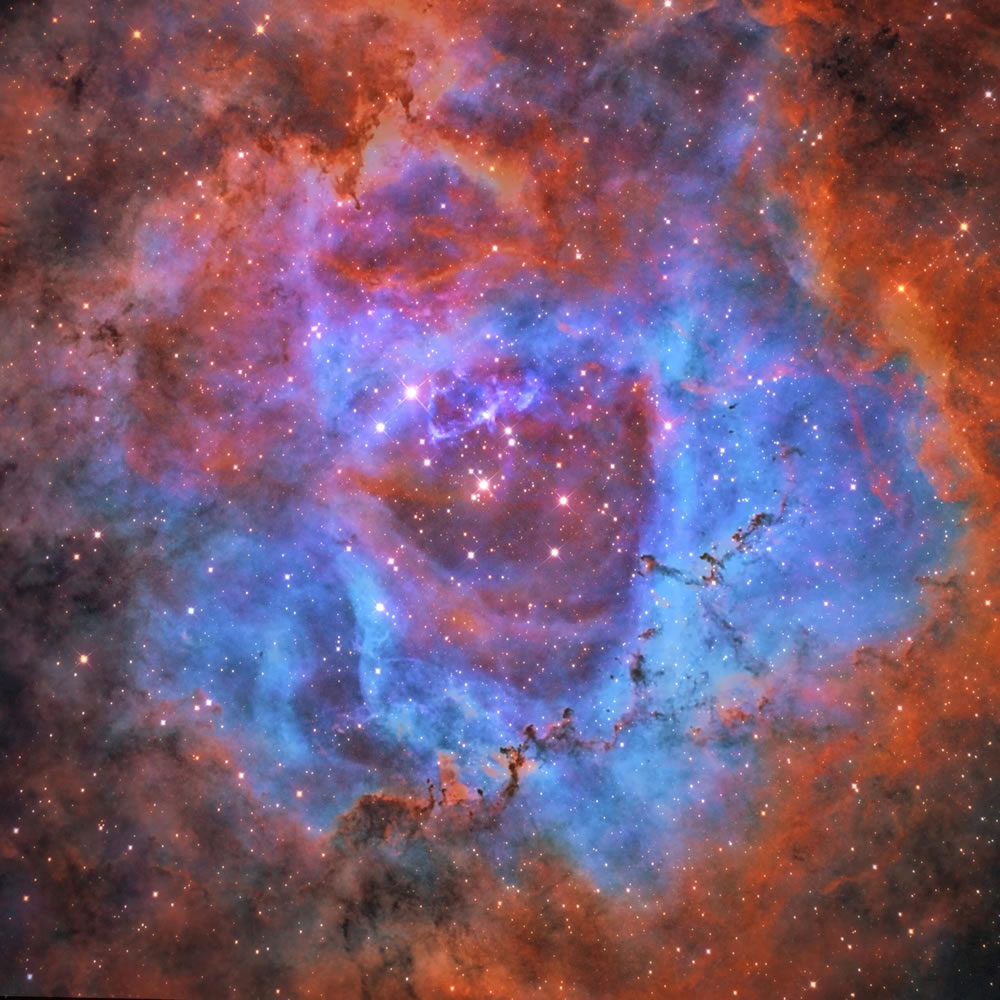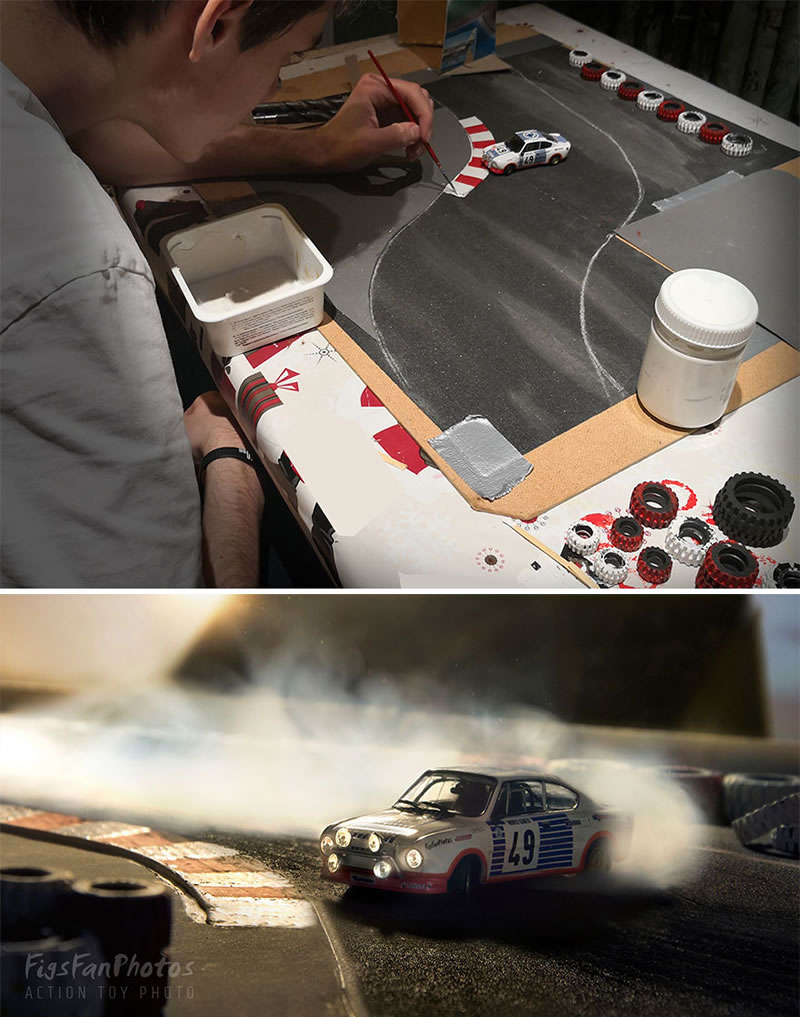MANILA, Philippines — OPPO has uncovered a series of insights that have led to the creation of its own timeless photography aesthetic—one which revolves around capturing the true relationship between light and shadow to the same standard as a professional camera.
This aesthetic takes on a new form with the latest edition to the OPPO Reno series, Reno10 Pro+ 5G.
Setting a new standard

A side-by-side comparison of two images—one featuring minimal processing to preserve the natural light and shadow of the scene, and another heavily utilizing algorithmic optimization—is enough to see just how different the images produced by these two approaches are.
Here, the same spatial and three-dimensional textures are heavily compromised by the aggressive algorithms, where the three-dimensional contours of the person are compressed into a two-dimensional flat surface.
While smartphone image processing algorithms can lower the barrier for good photography, over reliance on these algorithms can also destroy much of the natural information in the image, particularly the relationship between light and shadow in photography.
While such images may suit the contemporary styles of the day, they lack the type of depth and true beauty that faithfully capture the moment and preserve it for all time.
In order to create timeless masterpieces not bound to one particular style or era, OPPO started by trying to answer the question of how computational photography can work to help users capture the beauty of the real world.
OPPO aims to combine traditional photography knowledge with smart computational photography techniques to build an imaging system capable of reproducing the ultra-realistic interconnection between light and shadow, space and true-to-life colors.
With a team of over 1,000 dedicated imaging specialists and an annual investment of more than 1 billion yuan (approximately $156 million), OPPO is sparing no effort when it comes to building the technology needed to help its millions of users shoot enduring and beautiful works of photography on their mobile phones.
End-to-end upgrades

On the new Reno10 Pro+ 5G, OPPO has implemented end-to-end upgrades across the entire image experience—from shooting to image processing and image display.
OPPO has introduced an independent, professional quality telephoto lens for the first time in Reno history to improve image clarity and quality from the root.
Behind this lens sits a large 64MP, 1/2inch sensor capable of capturing more light with greater color sensitivity. The camera features a 3x optical zoom with a large f/2.5 aperture and a minimum focusing distance as little as 25 cm, offering more freedom of composition when using optical zoom with 71mm equivalent focal length.
If additional magnification is needed, Reno10 Pro+ 5G also offers a new optical quality 6x zoom built on OPPO’s In-sensor Zoom Technology.
On top of these features, the lens is coated with an ALD anti-reflective optical coating and BG spin-coating process to reduce color glare and lens flare caused by complex lighting, like point light sources. It also includes cutting-edge Prime floating OIS to improve image stabilization for clearer photos.
Image processing still plays a key role in ensuring this source information is captured and presented in the best possible way. Snapdragon 8+ Gen 1 Mobile Platform gives full play to a process called multi-frame synthesis.
Through improvements to processes including AI denoising, AI demosaicing, and deep pixel compositing in the RAW domain, Reno10 Pro+ 5G delivers new breakthroughs in image clarity and color and is able to reproduce three-dimensional lighting in two-dimensional images by restoring the natural relationship between light and shadow in images to the greatest extent.
The Reno series’ renowned Portrait Mode also returns to Reno10 Pro+ 5G with several notable updates. With the aperture setting being freely adjustable from anywhere between F1.4 and F16, each portrait can be customized to get the right kind of bokeh and depth of field effect.
Another fresh innovation has been brought to a 2772 × 1240 resolution Ultra-clear Display in the form of ProXDR Smart Display Control.
OPPO has developed a new image exposure strategy that redefines the HDR fusion and tone mapping processes to bring new realism to the relationship between light and shadow.
During the shooting stage for every HDR photo, a frame of grayscale information is generated with up to 12 million pixels. This image is then converted using 4-in-1 pixel binning technology to create a 3 million-pixel grayscale image containing rich light and shadow information.
Using this data, Reno10 Pro+ 5G can locally adjust screen brightness by up to 1100 nits when displaying HDR photos, in a process OPPO calls ProXDR Smart Display Control.
This provides up to eight times higher dynamic range than standard SDR, so every time you view photos on Reno10 Pro+ 5G, it puts you back in the moment once again, or for the very first time if you are viewing someone else’s snaps.
Professional masterpieces

This Portrait Expert Project will draw on the expertise of a global Portrait Expert Group of professional portrait photographers and take inspiration from their mastery of light and their multi-cultural perspectives to continuously optimize the underlying portrait technologies of the Reno series.
OPPO will give Reno users the power to capture even more fantastic portraits that combine a professional photographer’s eye with their own styles and preferences.
Together with inputs from the Portrait Expert Group, OPPO is also seeking feedback from its global users through the new OPPO imagine IF Photography Project—a global image creation platform designed to help OPPO users push the limits of expression through the latest photo and video technology.
On the latest Reno10 series, OPPO continues to narrow the gap between smartphone cameras and high-end DSLRs with end-to-end improvements that put professional masterpieces in the hands of everyone.
Editor’s Note: This press release is sponsored by OPPO. It is published by the Advertising Content Team that is independent from our Editorial Newsroom.



























































































































































